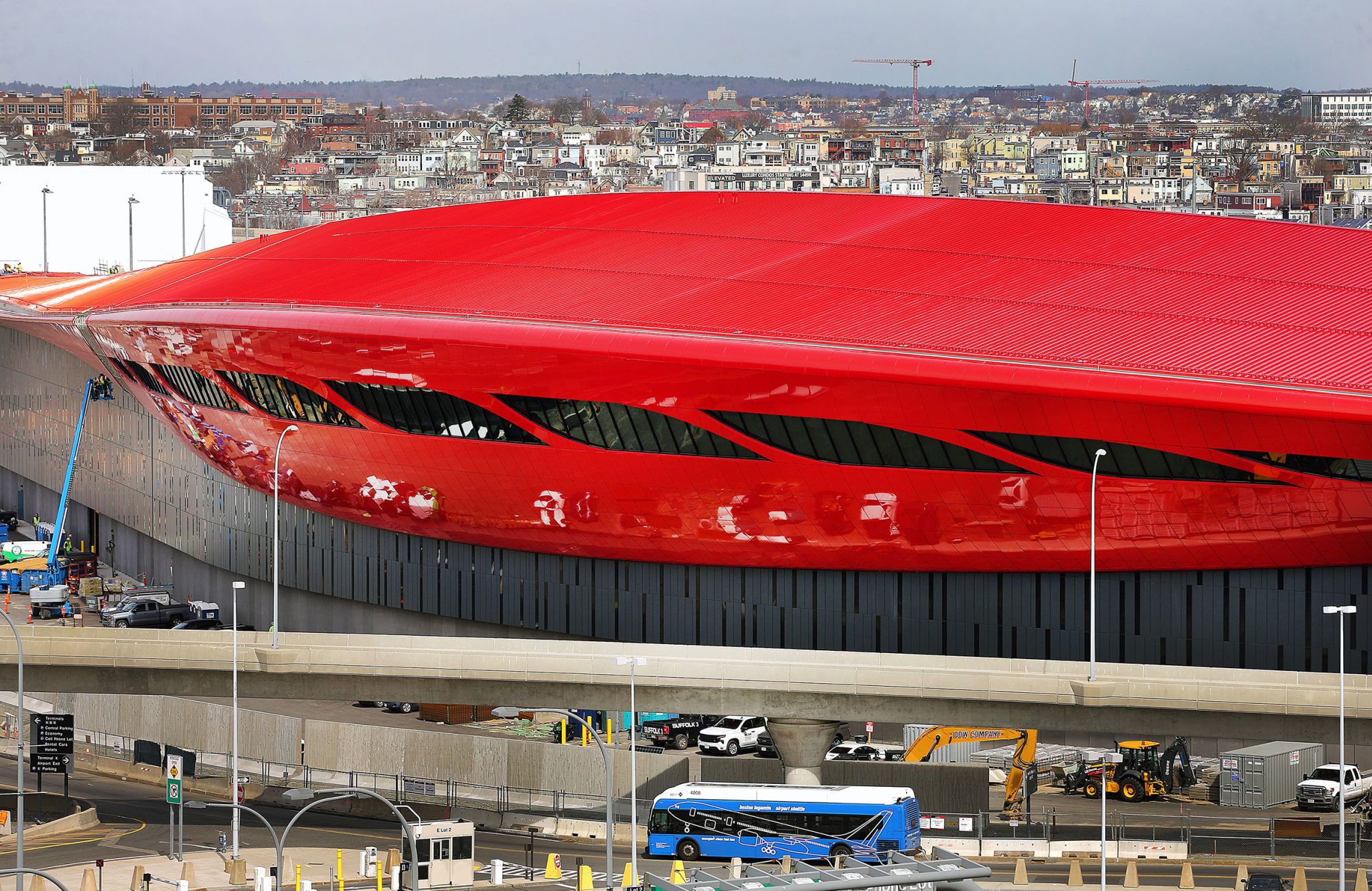More than 40,000 projects have received federal funding from the $1.2 trillion infrastructure law signed by President Joe Biden two yeas ago. But many Americans may not have noticed the impact of the historic investment just yet.
Construction hasn’t started in many places and signs of the nation’s aging infrastructure continue to make the news. Just this year, Vermont’s roadways were no match for historic rainfall that stranded residents and shut down businesses, and a train derailment in Ohio spewed poisonous fumes into the air and killed thousands of fish.
The Biden administration is eager to show the impact the law – which garnered bipartisan support in Congress – is having ahead of the 2024 election, putting up signs along roadways claiming credit for projects across the country and billboards celebrating the two-year anniversary.
The law provides funding not only for roads and bridges, but also to create a nationwide network of electric vehicle chargers, increase access to high-speed internet, improve public transportation and upgrade ports.
It’s too early to know the full impact the additional infrastructure spending will have on the US economy. The federal government has until 2026 to disburse the money, and some massive projects will take more time to be completed.
Here are five projects that have received money from the law so far:
Upgrading Boston Logan International Airport’s Terminal E
A bright red, spaceship-looking Terminal E reopened earlier this year at Boston Logan International Airport after undergoing a number of renovations, with funding assistance from a $62 million grant from the infrastructure law.
Construction at Terminal E began in 2019, prior to the law’s passage, adding four new gates. Upgrades were also made to the HVAC system, the ticket area, the baggage claim area and jet bridges.
Some of the federal grant is also being used to improve the arrival roadways for Terminals A and E and the roadway between Terminals C and E.
The airport received the grant last year from the infrastructure law’s Airport Terminals Program, which will award $1 billion each year for five years.
Replacing an aging bridge over the Wisconsin River
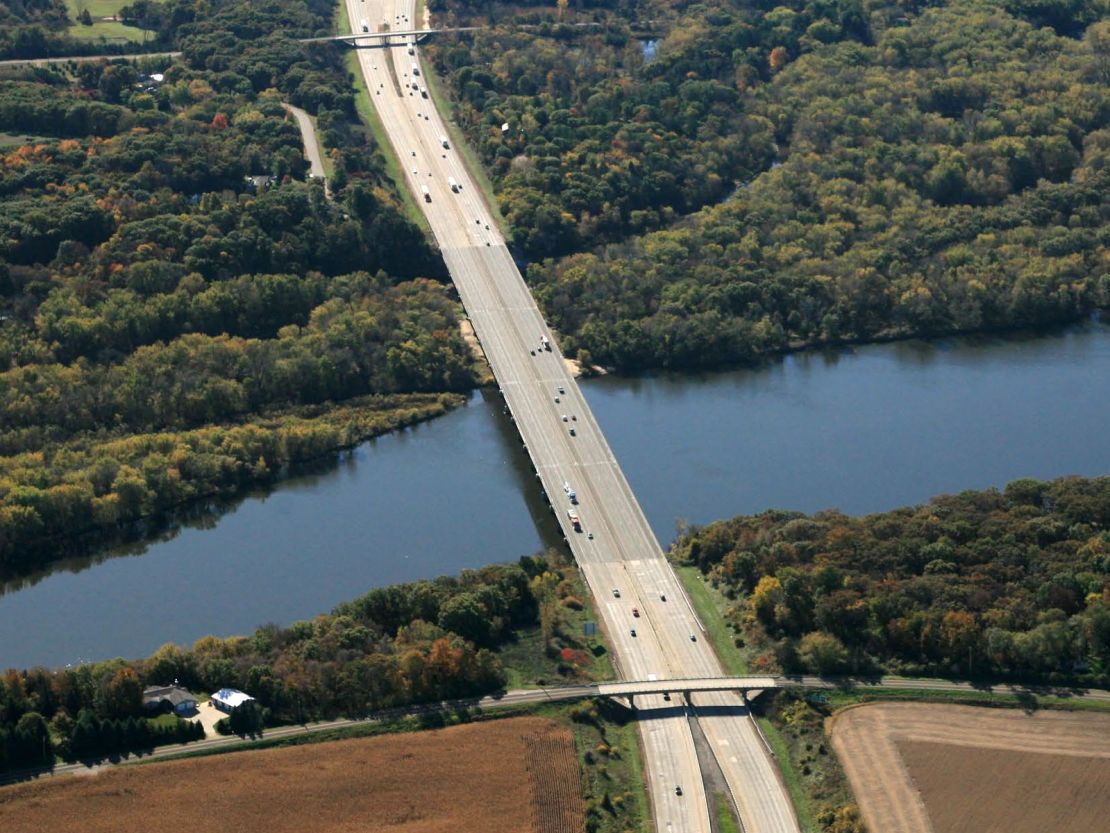
The I-39/90/94 bridge that spans the Wisconsin River in Columbia County will be replaced with two new bridge spans thanks to $80 million from the federal infrastructure law. Construction is expected to begin next year.
The bridge is nearing the end of its “operational life,” according to the Wisconsin Department of Transportation. Two overcrossing bridges for county roads U and V will also be replaced.
About 23% of the current bridge traffic is composed of trucks, since the route links economic hubs like Milwaukee, Chicago and Wisconsin’s capital city of Madison, which is about a 45-minute drive to the south of the I-39/90/94 bridge.
The route also connects major tourism destinations, with a large share of Wisconsin’s tourism revenue coming from nearby counties.
The bridge is one of the few that cross the Wisconsin River in the southeast part of the state, according to the Wisconsin DOT.
Dedicated electric bus lanes running in and out of Park City, Utah
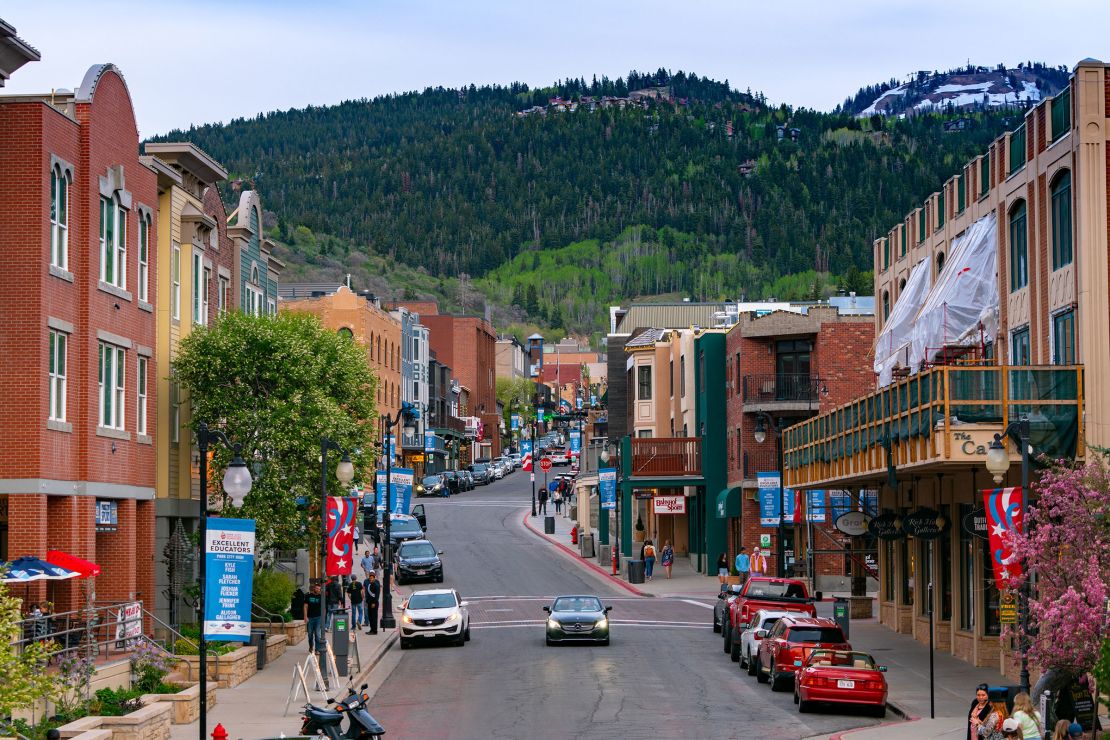
Free electric bus service is already provided through Park City, a popular Utah ski town. The trip, which runs from the historic district to the Kimball Junction neighborhood, is intended to take 10 to 15 minutes. But the buses are delayed about one-third of the time due to traffic congestion.
To make the route more efficient, local officials have been considering adding dedicated bus lanes along State Route 224 since 2018. Earlier this year, the project received $25 million from the infrastructure law.
Construction is expected to start next year. In addition to creating two 12-foot-wide lanes — one running in each direction — there are plans to build two new bus stations, upgrade three existing stations and purchase five more electric buses.
Improving train travel along the Northeast corridor
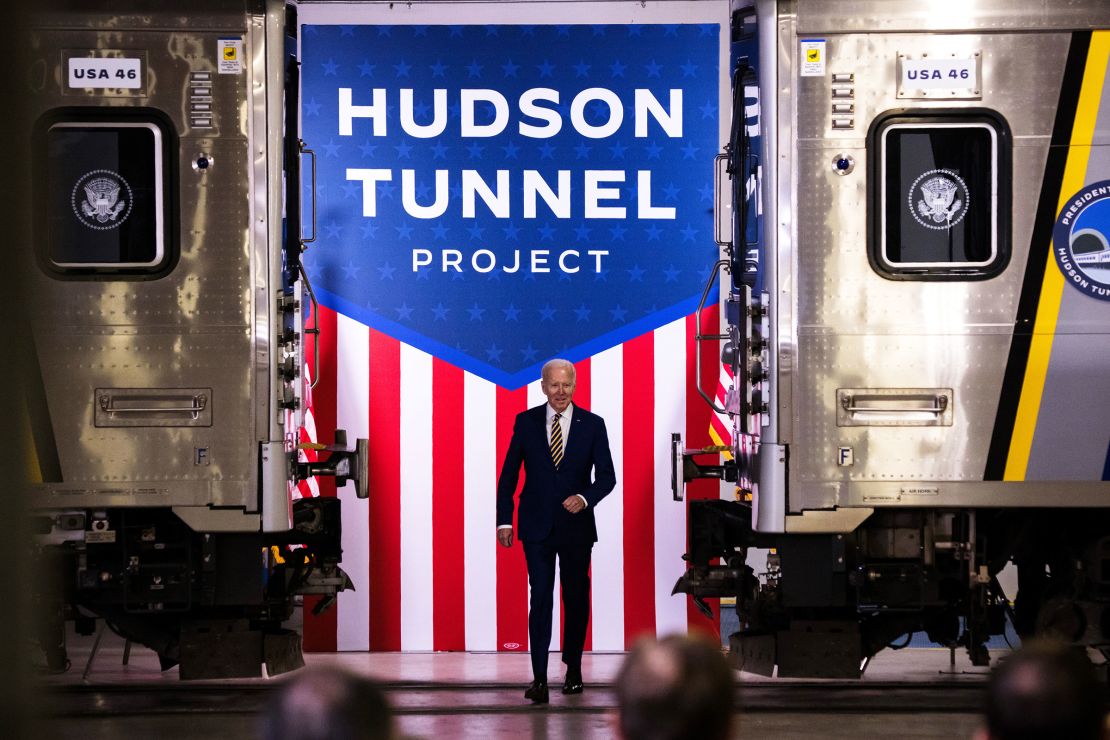
Billions of dollars from the infrastructure package are going to dozens of projects that will improve train travel along the nation’s busy Northeast corridor between Boston and Washington, DC.
One major project receiving funds is the rail tunnel that runs under the Hudson River, connecting New Jersey with Manhattan. First opened in 1910, the tunnel has several age-related problems and also suffered damage when Hurricane Sandy inundated the tubes with salt water in 2012.
Separately, in Maryland, initial construction began in March to replace the 150-year-old Baltimore and Potomac Tunnel, which runs under the city of Baltimore. It will ultimately be replaced with two new tubes for Amtrak and Maryland Area Regional Commuter, or MARC, trains.
The improvements are expected to increase train speeds in the tunnel from 30 mph to 110 mph.
The Susquehanna River Bridge in Maryland and the Connecticut River Bridge – both of which are more than 100 years old – will also be replaced.
The infrastructure law allocated $22 billion to Amtrak directly, some of which is being used to replace its fleet of more than 1,000 railcars and locomotives. Some of the new cars have already entered service.
Building a fish passage around Washington’s Howard A. Hanson Dam
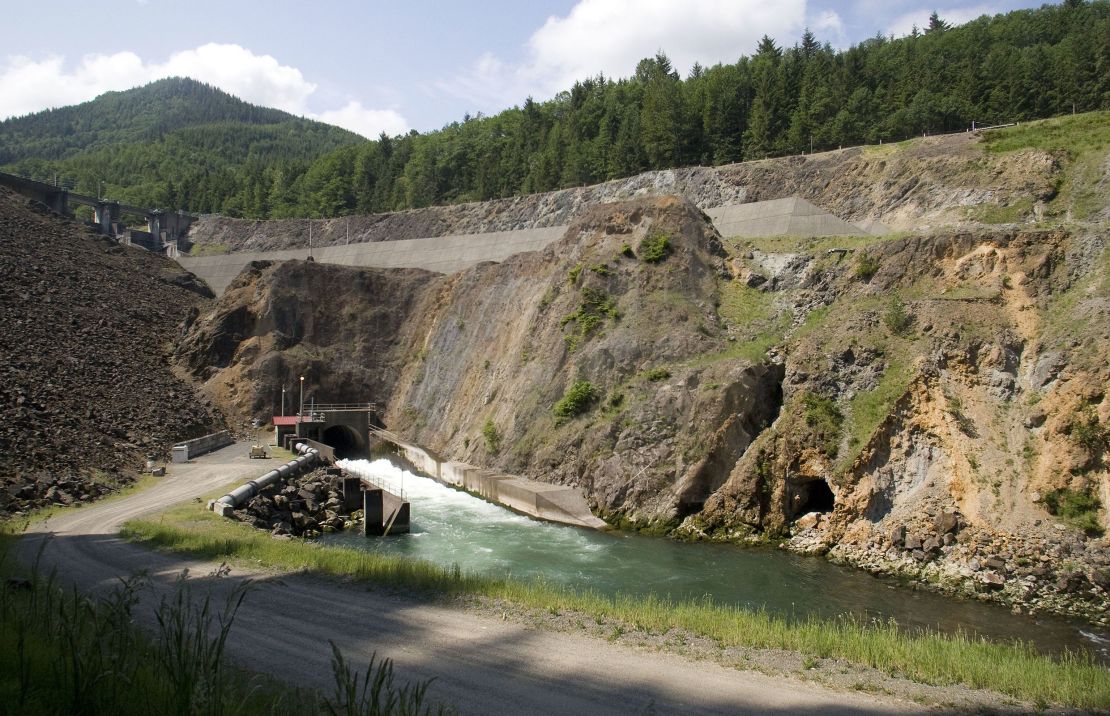
The Howard A. Hanson Dam has protected Washington’s Green River Valley from flooding since it was constructed in 1961, but it’s also putting Chinook and Coho salmon and steelhead populations at risk.
Earlier this year, the US Army Corps of Engineers received $220 million from the infrastructure law to complete work on a fish-passage facility that will help fish navigate around the dam, reopening more than 60 miles of habitat.
Washington’s lawmakers have been requesting federal funds for the project for several years. Growing the salmon and steelhead fish populations will help support the endangered “Southern resident” killer whales that are found mostly off British Columbia, Washington and Oregon.
The fish passage is also expected to help maintain the water supply to the Tacoma Public Utility.
“A new downstream fish passage facility at Howard Hanson Dam is the single most impactful project that (the US Army Corps of Engineers) can take to benefit Puget Sound salmon and orca recovery without negatively impacting other user groups,” Seattle District Commander Col. Alexander L. Bullock said in a statement last year.

